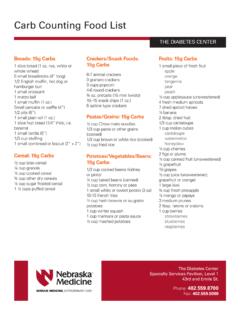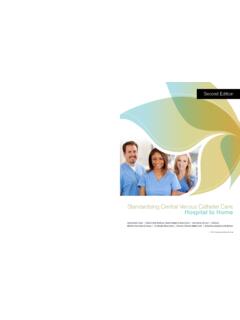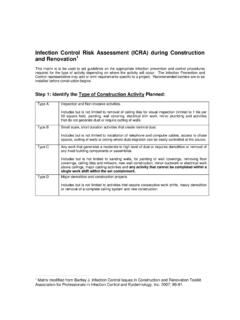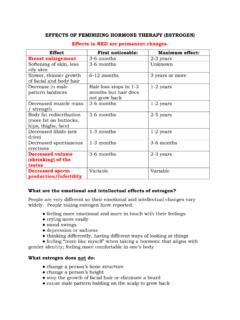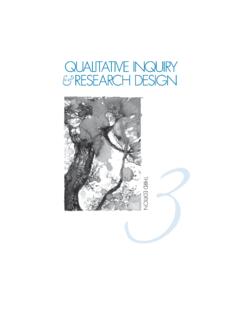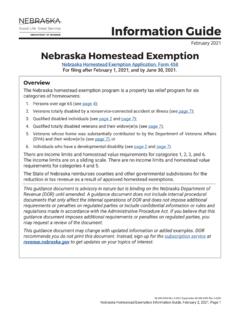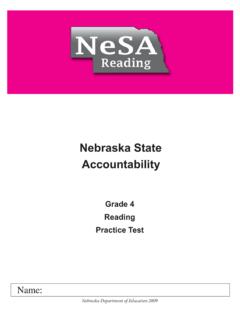Transcription of COVID19 Proning Protocol PRONOCOL - Nebraska Medicine
1 COVID19 Proning Protocol PRONOCOL . Consider Proning : Increasing 02 needs on nasal cannula, requiring 5-6L/NC or more 6-12 hours post intubation (or sooner, if you feel the patient may benefit sooner). P/F ratio <150. Increasing 02 needs, P/F ratio <150 on optimal (significant) PEEP/vent settings Exclude Patient from Proning if any of the following conditions are present: Pregnancy Intracranial pressure >30mmHg, cerebral perfusion pressure <60mmHg or conditions with concerns for increasing ICP (intra-cranial hemorrhage). Massive hemoptysis Tracheal surgery or sternotomy during the previous 15 days Serious facial trauma or facial surgery during the previous 15 days Deep venous thrombosis treated less than 48 hours Cardiac pacemaker inserted in the last 48 hours Unstable spine, femur, or pelvic fractures Mean arterial pressure <65mmHg (OK to proceed if patient requiring vasoactives to keep MAP.)
2 >65mmHg). Single anterior chest tube with air leak Chronic respiratory failure on home 02 or home BiPAP/CPAP. ECMO. Frequent ventricular arrhythmia Provider or patient's family making end of life decision/transition to CMO. Patient expected to die Considerations: Consider neuromuscular blockade (or at the least, adequate sedation target RASS 5 for Proning period). Consider placing post pyloric feeding tube and gastric tube to keep stomach empty Ventilator settings can be adjusted at any time despite patient position Utilize COVID vent Protocol (modified ARDS net Protocol ). Inhaled medications and use of vasoactives are not a contraindication for prone positioning Procedure (supine to prone). Ensure patient has no contraindications as listed above or as deemed by provider Notify RT of decision to prone and involve them in procedure if able (manage vent/ETT).
3 Move any equipment attached to patient's front to back as able or remove if possible (foley statlock). Gather pillows and blankets to provide padding to pressure points, obtain pink foam donut pillow if able At least 3 people are required, with one designated to secure the head/neck, ETT, and ventilator tubing and coordinate turning the patient (by my ). Each other person stands at the opposing sides of the bed Direction of the turn is decided while considering LDAs (ie length of tubing, location, attachment points to pumps or ventilators, etc). Ensure there is enough length in tubing connected to the patient If the patient is being fed via a gastric tube (ie not post-pyloric), stop TFs and connect to suction to empty gastric contents Move the patient in the horizontal plane to the opposite side of the bed selected for the direction of rotation As the patient is turned to onto their side, pause briefly to relocate telemetry patches to the back and place new draw sheet under patient Turn the patient completely prone, leaving the head on either the right or left side Place the arms either prone alongside the body or in the swimming' position (ie one arm gently curved above the head rested on the bed and one arm prone alongside the body).
4 Ensure pressure points are padded (pillows or blankets under shins to float feet, pillow or rolled blankets under shoulders and head, pillow or blanket under pelvis to keep pressure off genitals, hips as able. AVOID placing pillows directly under abdomen). Place proned patient in reverse trend as able to decrease pressure on abdomen Rotate the arm position and head rotation every 2 hours (may lift shoulders to aid in head rotation). Patient to remain prone for 16 hours (unless there is an urgent or emergent condition as below). Continue post pyloric TFs with gastric drainage (OG/NG to LIS). Stop prone therapy if condition met: Pneumothorax identified or suspected Endotracheal tube obstruction or mainstem or artificial airway dislodgement SBP <60mmHg x5 minutes Refractory hypoxia (Sp02 <85% for more than 5 min and vent settings optimized, Fi02 at ).
5 Cardiac arrest Urgent need for transportation arises Inability to drain patient's bladder after troubleshooting End of life decision made Patient requires dialysis Patient develops massive hemoptysis Patient meets criteria for extubation Additional References: NEJM Instructional Video for Proning with 3 people: Swimming the patient's arms in prone position also allows access for lung POCUS. References: Gu rin, C., Reignier, J., Richard, J. C., Beuret, P., Gacouin, A., Boulain, T., .. & Clavel, M. (2013). Prone positioning in severe acute respiratory distress syndrome. New England Journal of Medicine , 368(23), 2159-2168.
